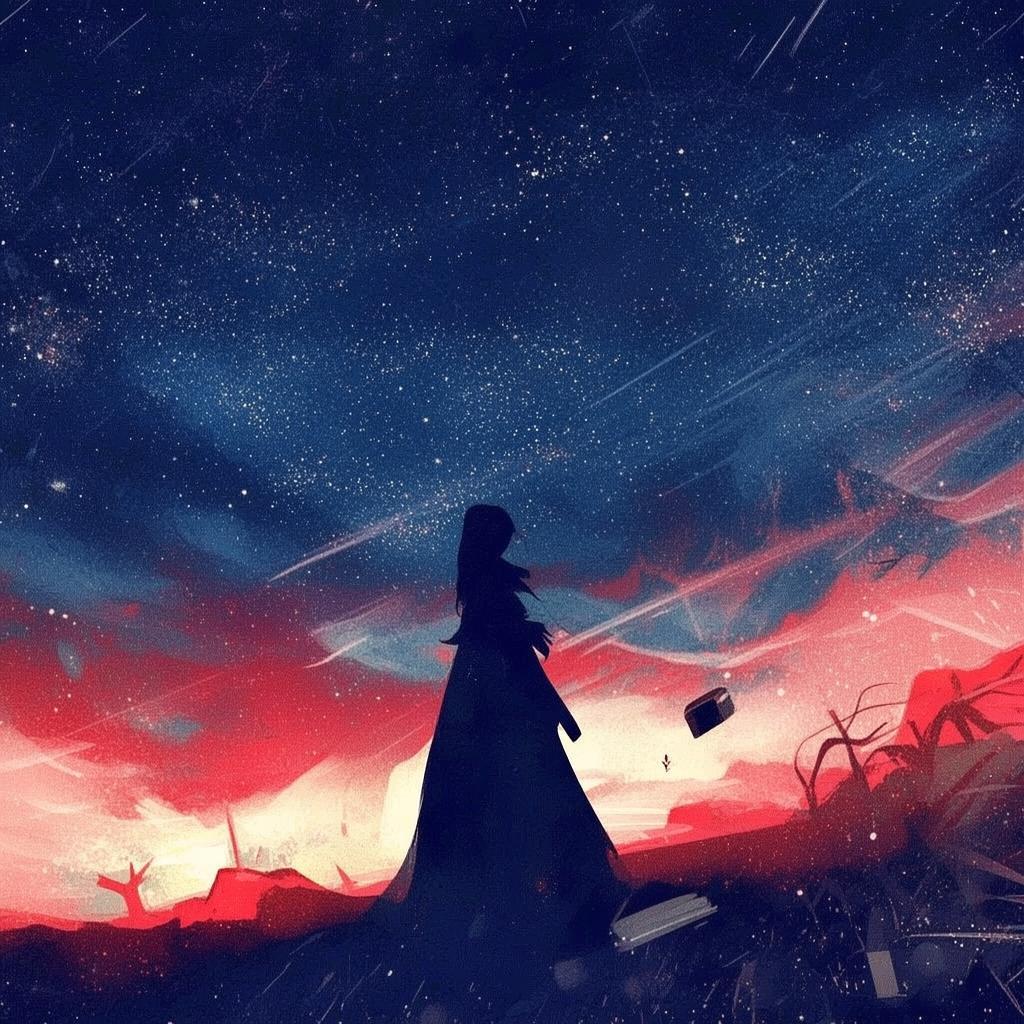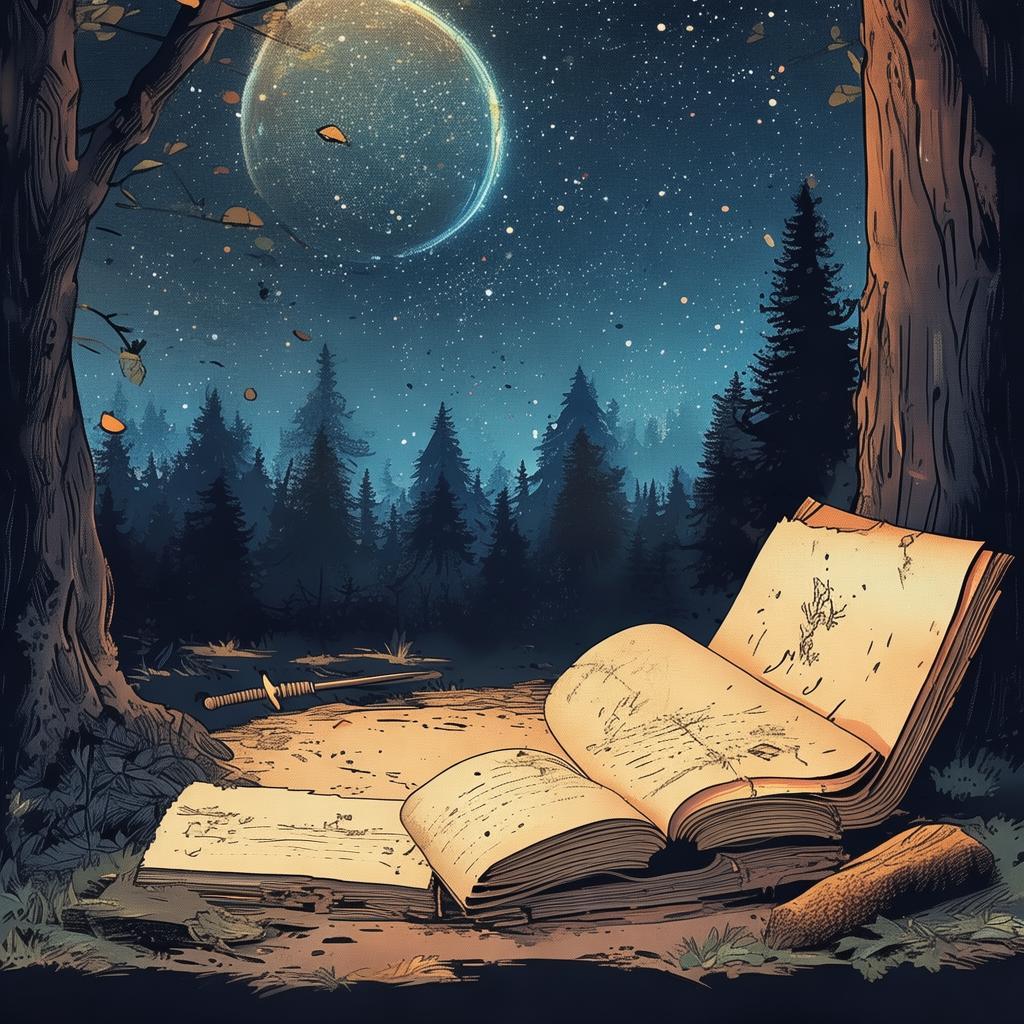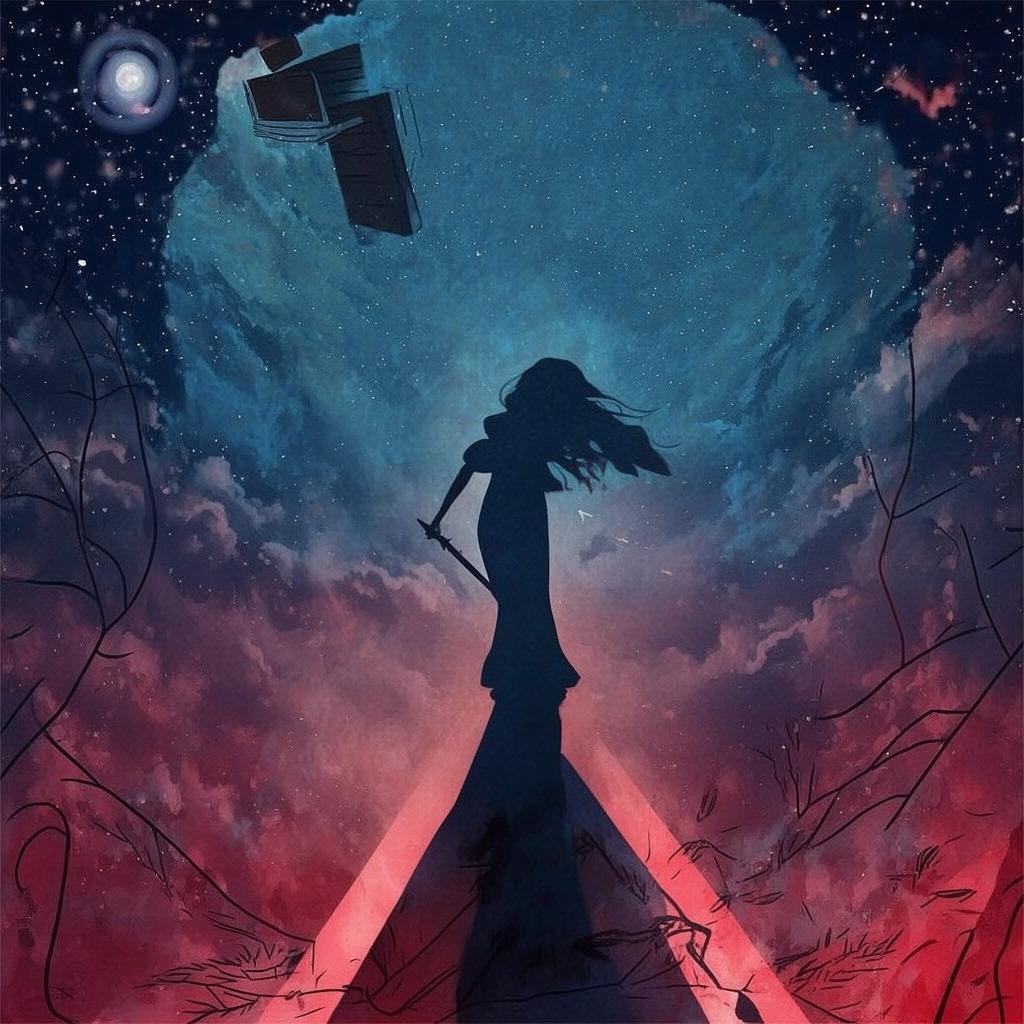The Venusian Vindication: Hugdebert's Artistic Anarchy
In the heart of the Renaissance, where the air was thick with the scent of fresh paint and the sound of hammers striking anvils, a rivalry was brewing that would change the course of art forever. The Venuses, a trio of renowned artists, were the darlings of the court, their works adored by all. But beneath the surface of their harmonious rivalry lay a storm of ambition, jealousy, and a single, mysterious figure who would come to be known as Hugdebert.
The Venusian Vindication: Hugdebert's Artistic Anarchy
The story begins in the grand hall of the Duke's palace, where the annual art exhibition was in full swing. The Venuses, known as Isabella, Lucrezia, and Caterina, stood side by side, their works hanging on the walls like stars in the night sky. The crowd murmured in awe, their eyes drawn to the masterpieces that seemed to breathe life into the canvas.
Isabella, the eldest, was known for her delicate brushstrokes and ethereal figures. Lucrezia, the youngest, was celebrated for her bold colors and dramatic compositions. Caterina, the middle sister, was a master of light and shadow, her works evoking a sense of mystery and depth. Together, they were the epitome of Renaissance artistry.
But as the exhibition went on, whispers began to circulate about a new artist, Hugdebert, whose works were rumored to be revolutionary. No one knew who Hugdebert was, but the name carried a weight that was almost as powerful as the art itself. The Duke himself had requested a private viewing of Hugdebert's works, and the sisters were intrigued, yet wary.

The following day, the Duke's private chamber was abuzz with anticipation. Isabella, Lucrezia, and Caterina entered, their eyes wide with curiosity. The walls were adorned with canvases, each more striking than the last. The figures were not the traditional Venus, but rather abstract representations of the goddess, twisted and contorted in ways that defied the norms of the time.
Isabella's eyes widened in shock. "These are... impossible," she whispered. Lucrezia's face was a mask of confusion, while Caterina's eyes sparkled with a mix of awe and fear. The works were not just art; they were a challenge to the very essence of what it meant to be an artist in the Renaissance.
The Duke stepped forward, a smile on his lips. "Hugdebert's works are not just a display of skill, but a call to arms. They ask us to question everything we know about art and its purpose."
The sisters exchanged glances, their minds racing. The Duke continued, "Hugdebert's art is not for the faint-hearted. It is a rebellion against the status quo, a challenge to the very foundations of our world."
As the days passed, the sisters found themselves drawn to Hugdebert's works. They visited the secret studio where Hugdebert worked, hidden away from the world. There, they met the artist himself, a man of few words, his eyes reflecting a storm of emotions.
Isabella spoke first, her voice trembling. "Your art is... it's like nothing I've ever seen. It makes me question everything I thought I knew about art."
Hugdebert nodded, his eyes meeting hers. "That is the point. Art should not be a reflection of the world, but a mirror that shows us the world as it could be."
The sisters left the studio with a newfound determination. They began to incorporate elements of Hugdebert's art into their own works, challenging the norms and pushing the boundaries of what was considered acceptable.
The rivalry between the Venuses and Hugdebert grew, not just in the art world, but in the hearts and minds of the people. The Duke, seeing the potential for change, decided to host a grand competition, pitting the Venuses against Hugdebert in a battle of artistic prowess.
The day of the competition arrived, and the entire city was abuzz with anticipation. The Venuses and Hugdebert stood side by side, their works ready to be judged. The crowd gasped as the first works were unveiled, each more stunning than the last.
As the competition progressed, it became clear that the battle was not just between the artists, but between their beliefs and their art. The Venuses, while still adhering to the traditional forms, began to experiment with new techniques and ideas, inspired by Hugdebert's works.
Finally, the moment of truth arrived. The judges, a panel of esteemed artists and scholars, were tasked with deciding the winner. As they deliberated, the crowd grew restless, their eyes fixed on the judges.
The announcement came as a shock. The judges declared Hugdebert the winner, not because his works were superior, but because they had sparked a revolution in the art world. The Venuses, while disappointed, were also inspired. They realized that the true victory lay not in the competition, but in the change that Hugdebert's art had inspired.
The Renaissance world was forever changed by the rivalry between the Venuses and Hugdebert. The Venuses, now known as the "Four Venuses," continued to push the boundaries of art, their works a testament to the power of creativity and the courage to challenge the status quo.
And Hugdebert, the mysterious figure who had started it all, remained a legend. His works, hidden away in secret locations, continued to inspire artists for generations to come, a reminder that art is not just a reflection of the world, but a mirror that shows us the world as it could be.
The Venusian Vindication: Hugdebert's Artistic Anarchy was not just a story of art and rivalry, but a tale of courage, creativity, and the unyielding power of the human spirit to question and transform the world around us.
✨ Original Statement ✨
All articles published on this website (including but not limited to text, images, videos, and other content) are original or authorized for reposting and are protected by relevant laws. Without the explicit written permission of this website, no individual or organization may copy, modify, repost, or use the content for commercial purposes.
If you need to quote or cooperate, please contact this site for authorization. We reserve the right to pursue legal responsibility for any unauthorized use.
Hereby declared.









